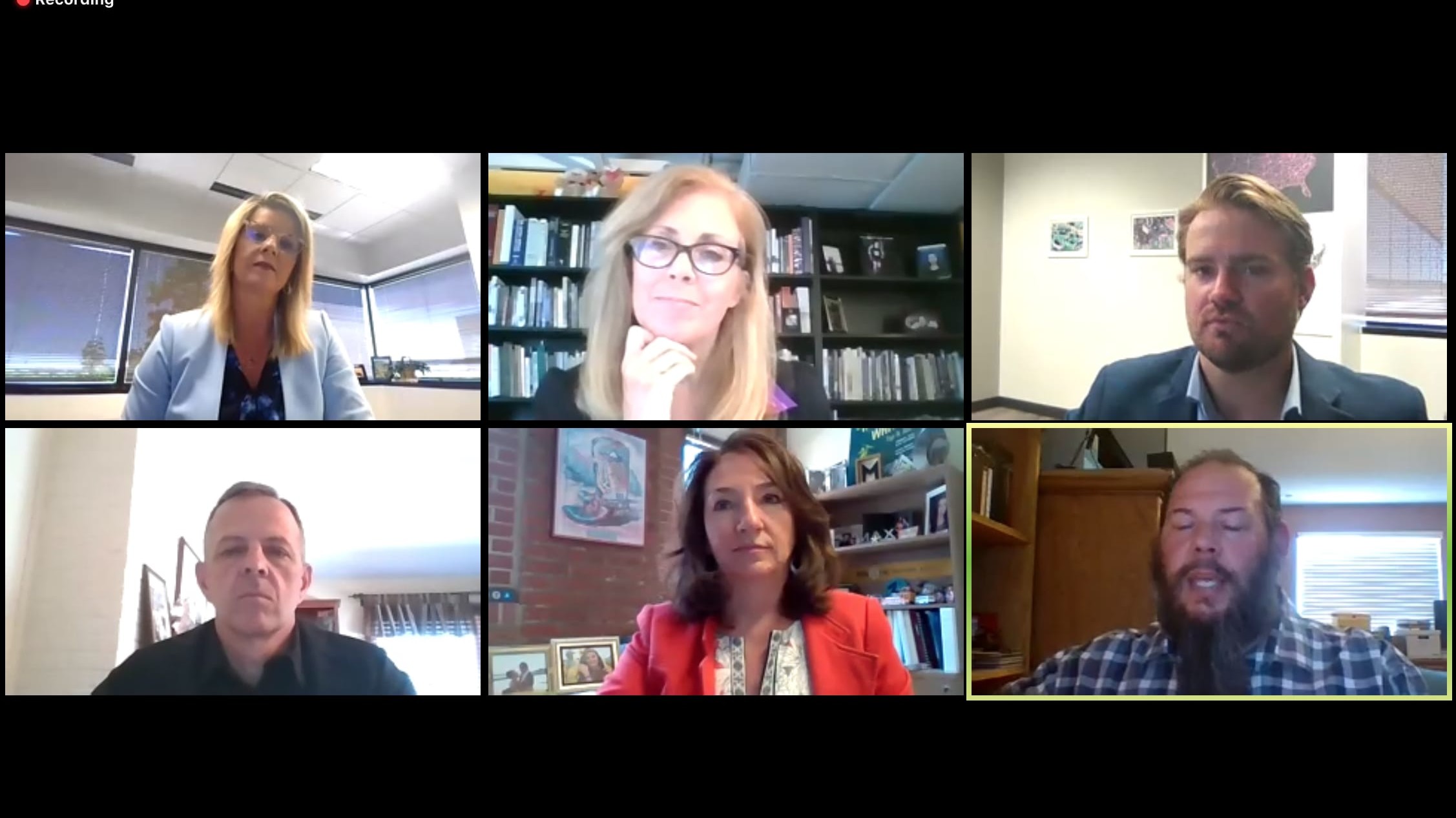The new economy is one where the consumer is in control: You can hail a ride, watch a movie of your choice and buy practically anything you want at the literal touch of a button.
Call it the Amazonification of America. The on-demand economy has arrived in full force, and it’s disrupting every major industry from coast to coast.
Finance has been able to resist some of the widespread and sudden disruption that has transformed industries like media and retail, but it’s coming. In five years, personal finance will be different, and at the center of it all will be the consumer.
Here are some of the key ways personal finance will be transformed by a consumer-first model:
Automation
Banks have been hesitant to embrace automation, and for good reason. According to a recent survey, more people would allow a robot to perform heart surgery on them than manage their savings account.
Apparently, people are really touchy about who has access to their money.
But automation will actually allow consumers to have much more control over their personal finances, not less. And it promises to be a lucrative avenue for financial organizations. In the next 15 years, KPMG’s Cliff Justice estimates that “45% and maybe up to 75% of jobs in the financial services sector will be performed by robots,” creating savings as much as “75% for firms that get on board.”
Chatbots are already starting to answer basic questions for consumers without the need for any human interaction. Things like basic balance and transaction inquiries are already being answered by software programs, and soon more complex questions will be handled by them too.
Financial firms see what the future holds and are now starting to plant seeds for digital longevity. Bank of America, for example, has started to roll out its AI-powered personal finance assistant, Erica. Sort of like a Siri for finance, Erica promises to provide consumer with all of the information they need to have a clear picture of their financial health, and one day this could even include personalized investing or banking advice.
This automation puts the power, quite literally, into the consumer’s pocket. All you’ll need is a smartphone, and you’ll be able to instantly access what you need, when you need it. No more lengthy wait times on the phone, no more digging through endless documentation to find what you’re looking for.
There will always be a need for a human, particularly for those big and complex events, but automation in personal finance will be a game-changer.
The bank will come to you
Imagine talking to your investment advisor in his office. As he speaks, a graph of your portfolio performance appears next to his head. You finish your meeting and turn off the computer.
The need to visit a branch or office is quickly disappearing when it comes to personal finance. With augmented and virtual reality on the rise, contacting your bank will no longer be something to plan your day around, but something you can do when and where you want it.
As Banking Tech points out: “If banks harness AR to make day-to-day banking more efficient, there are almost endless applications.”
Today we can already use our phones to snap photos of and deposit checks. Soon, we might be able to hold up our phones and easily spot ATM locations, or even figure out if you can purchase a house simply by holding your phone to the for-sale sign.
Millennials are already three times as likely to open a new bank account on their phones than in person, according to the American Banking Association, and this trend will only continue. In the next few years it won’t matter where you are, you’ll be able to have access to your entire financial portfolio in fractions of a second.
Humans at your beck and call
While software and bots will be doing a lot of the dirty work, humans will still be really important.
If you’re considering buying a house, looking for a large loan or dealing with big life events, you still need another human to talk to.
Suggested Reading:
Emerging technology won’t eliminate humans, but actually make it easier to get in touch with one and receive advice. Automation will allow financial advisors to bots to work crunching data so they can put that data to work with highly personalized advice. After all, this is what financial advisors are for. Do you really want them spending endless hours crunching numbers and ending up with just a few minutes to tell you what they found?
JPMorgan recently showed off an AI program that was able to complete 360,000 hours of finance work in seconds, as noted by Futurism. That kind of computing power doesn’t eliminate jobs, it allows people to actually do their jobs.
With more time to provide better service, and the ability to contact representatives on a multitude of devices, the future promises to connect consumers with their banks even more closely than the brick and mortar days.
Bank on it
Banking and personal finance are now at the early stages of transformation. It may be slower than other industries as a highly-regulated category, but it’s coming. Soon, banking will be a full-fledged member of the consumer-centric economy.
Whether that means you can wear a monocle like the banker from Monopoly is totally your call.
Related posts:

